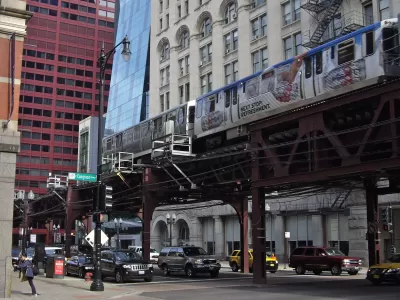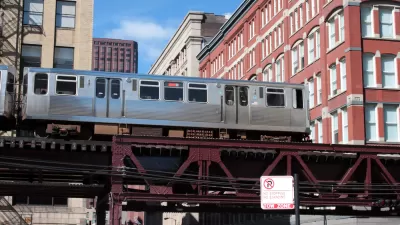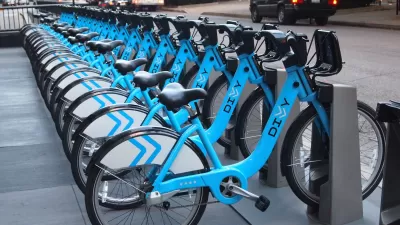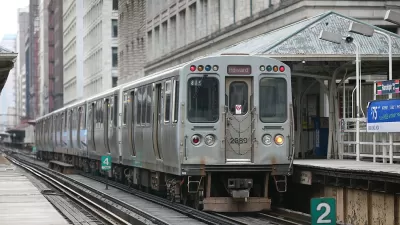A design-focused study of mode choice doesn’t consider the many ways people interact with and travel through urban environments.

Joe Cortright considers the approaches of design thinking in understanding how cities work. Several years ago, Ford commissioned the design firm IDEO to look at the urban travel experience and how it could be improved in the future.
"IDEO conceptualized the design task by sending groups of its employees to a restaurant a few miles away via different transportation modes, so they could assess the challenges each faces: the subway (too smelly), Divvy bikeshare (too dirty), and Uber (too expensive)," writes Cortright.
But he argues that IDEO was not asking the right questions by focusing solely on transportation. IDEO’s own offices are in a dense neighborhood in Chicago with many food options within walking distance — versus a restaurant several miles away — and the choice to locate there demonstrates how cities can be better designed to meet the needs of the people living and working in them.
"The real failure in design thinking here is IDEO viewing this task as primarily choosing between different transportation modes. Of course, they are free to frame this question however they—and their paying client—would like. But from a broader policy perspective—and from the perspective of citizens and consumers, we’d all be a lot better off if we’d make the design conversation about how we arrange our cities," says Cortright.
FULL STORY: The limits of design thinking

Planetizen Federal Action Tracker
A weekly monitor of how Trump’s orders and actions are impacting planners and planning in America.

Congressman Proposes Bill to Rename DC Metro “Trump Train”
The Make Autorail Great Again Act would withhold federal funding to the system until the Washington Metropolitan Area Transit Authority (WMATA), rebrands as the Washington Metropolitan Authority for Greater Access (WMAGA).

The Simple Legislative Tool Transforming Vacant Downtowns
In California, Michigan and Georgia, an easy win is bringing dollars — and delight — back to city centers.

The Small South Asian Republic Going all in on EVs
Thanks to one simple policy change less than five years ago, 65% of new cars in this Himalayan country are now electric.

DC Backpedals on Bike Lane Protection, Swaps Barriers for Paint
Citing aesthetic concerns, the city is removing the concrete barriers and flexposts that once separated Arizona Avenue cyclists from motor vehicles.

In These Cities, Most New Housing is Under 441 Square Feet
With loosened restrictions on “micro-housing,” tiny units now make up as much as 66% of newly constructed housing.
Urban Design for Planners 1: Software Tools
This six-course series explores essential urban design concepts using open source software and equips planners with the tools they need to participate fully in the urban design process.
Planning for Universal Design
Learn the tools for implementing Universal Design in planning regulations.
Smith Gee Studio
City of Charlotte
City of Camden Redevelopment Agency
City of Astoria
Transportation Research & Education Center (TREC) at Portland State University
US High Speed Rail Association
City of Camden Redevelopment Agency
Municipality of Princeton (NJ)





























